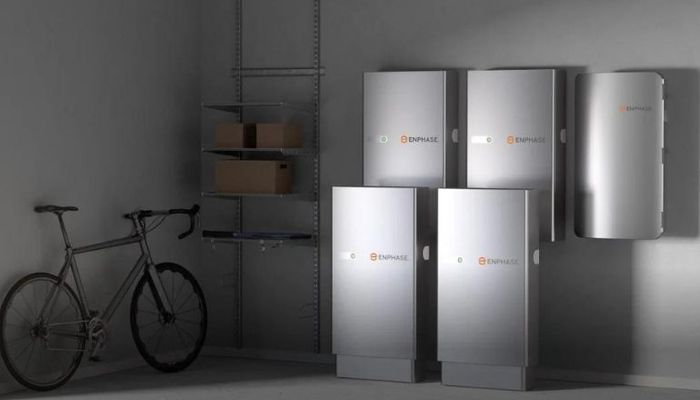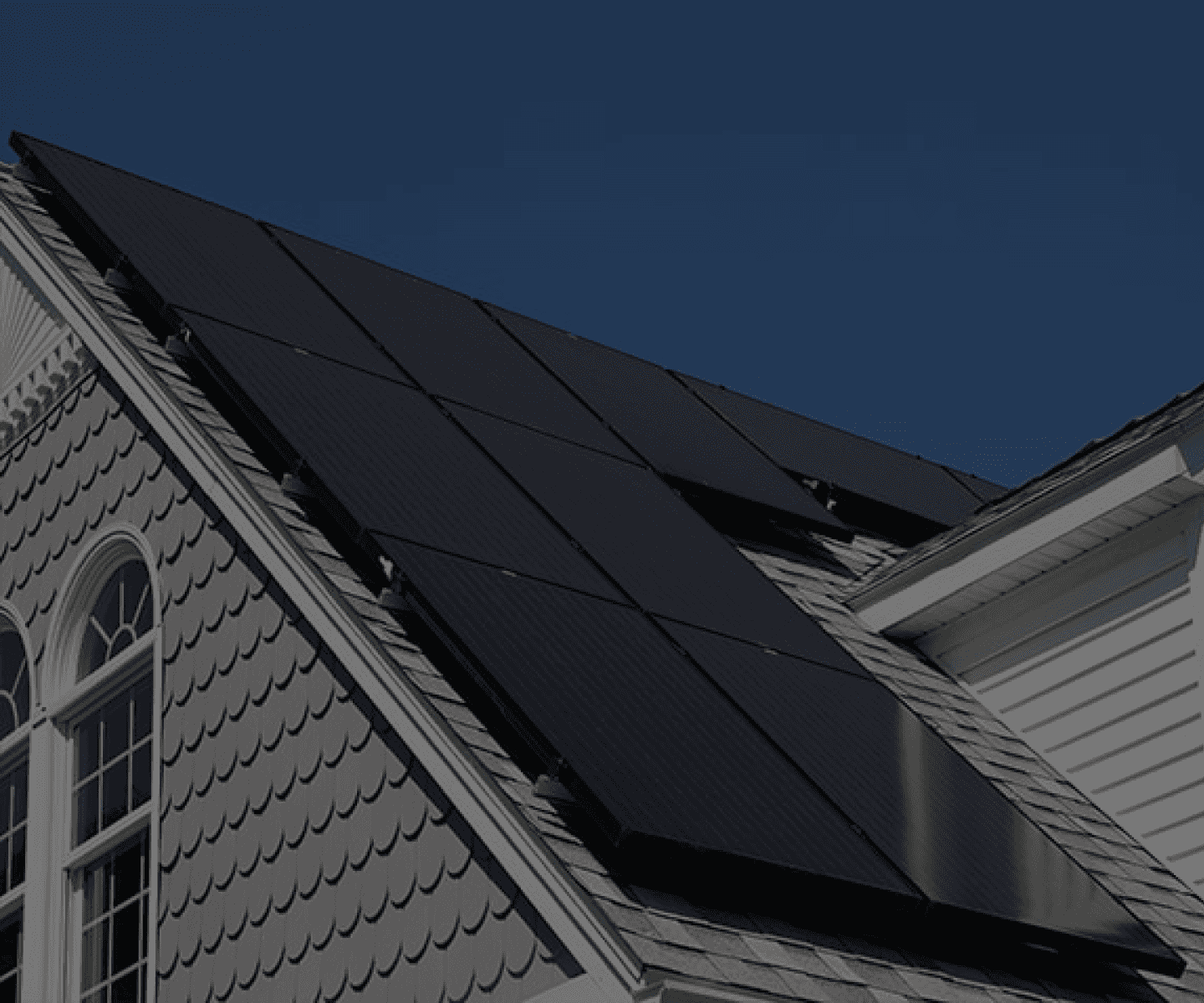Monocrystalline vs Polycrystalline Solar Panels [Quick Overview]

Monocrystalline vs polycrystalline – that’s the biggest dilemma when shopping for solar panels. But what does mono vs poly even mean? Simply put, these terms refer to the manufacturing process used to create the solar cells in a panel.
In this article, we’ll outline the main differences between monocrystalline vs polycrystalline solar panels to help you decide which is right for your project.
Monocrystalline vs Polycrystalline Solar Panels
In brief, monocrystalline solar panels contain solar cells which are cut from a single source of silicon. Polycrystalline solar panels are created by melting smaller silicon fragments and blending them to create the solar cells.
But let’s take a more detailed look at polycrystalline vs monocrystalline solar panels to understand their differences.
Monocrystalline Solar Panels
With over 75% share of the market, monocrystalline solar panels are the dominant technology.
While mono panels originally emerged as a premium option that used to carry a higher price tag, that is no longer the case. As companies have focused their production on mono panels and adopted modern manufacturing processes, the cost of monocrystalline vs polycrystalline solar panels has evened out.
In terms of performance, mono panels are more efficient because the single-crystal silicon cells allow electrons to flow freely through the cell. For example, a 1 sq ft. mono solar panel produces more electricity than a 1 sq ft. poly panel. This is especially useful for rooftop arrays where you may have limited space to build your system.
More efficient panels also means that you can buy fewer panels to meet your target output, and fewer panels can translate to lower installation costs. With fewer panels to install, you’ll spend less money on racking materials and labor for installation.
Read more: Solar Panel Efficiency Explained
There are also aesthetic differences. Mono solar panels have a sleek black look that feels more stylish on a modern home, unlike poly panels that have a blue tint. Of course, that comes down to personal preference ‒ you may decide you like the look of blue poly panels better.
Read more: Black Solar Panels — Everything You Need to Know
Key Takeaways
A quick summary of monocrystalline solar panels:
- More energy efficient
- Better long-term value
- Mass-produced and widely available
- Black tint
- Ideal for residential and commercial solar projects
Polycrystalline Solar Panels
After manufacturers produce their run of mono panels, the leftover silicon scraps are melted and blended to create polycrystalline solar panels. Due to the imperfections from the blended nature of the solar cells, poly solar panels are less efficient.
Moreover, supply of polycrystalline solar panels is limited because they are a byproduct of mono panels. The limited amount of poly cells is often reserved to produce smaller solar panels that are better suited for RVs and boats, which makes sense because space efficiency is a huge concern for portable solar applications.
While you can still find full-sized poly solar panels, they are becoming less common as the industry trends toward more up-to-date monocrystalline technology. Even if you can find them, it may be challenging to source replacements if one of your panels fails down the road.
Key Takeaways
A quick summary of polycrystalline solar panels:
- Less energy efficient
- Smaller in size
- Cheaper
- Less long-term value
- Limited availability
- Blue tint
- Ideal for portable solar applications (RVs, boats, etc.)

Monocrystalline vs Polycrystalline: What’s Best for You?
Taken all into account, we recommend mono solar panels for home and commercial solar use. They are more efficient, represent a better value over the life of the system, and are much more widely available on the market.
On the other hand, poly solar panels are more suited for small-scale use cases, like a camper with one or two panels to power essential electronics or appliances on the road.
If you’re still unsure and need help planning your solar project, reach out to us for a free solar design consultation. We’ll help you evaluate your site location and design a custom solar kit that is tailored to suit your needs.






